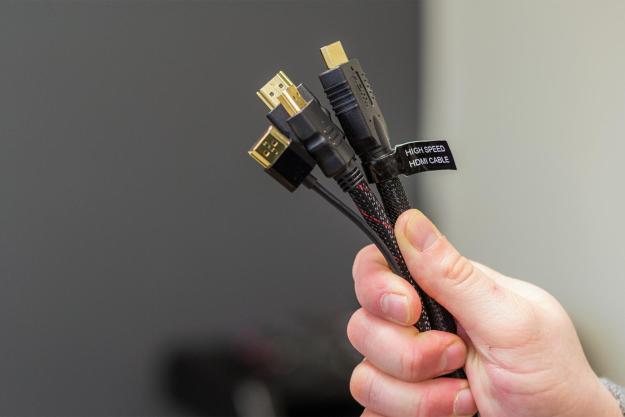Cryptocurrency mining used to be something you could do easily, but those days are long gone. Today, whether you’re mining Bitcoin, Litecoin, DASH, or a host of other cryptocurrencies, the most effective way to do so is with dedicated hardware known as an ASIC miner. And even then, it’s only really for professionals with masses of capital to invest upfront.
What is an ASIC miner? Short for Application-specific integrated circuit, the underlying ASIC chip is typically designed with a singular purpose, like audio processing or managing a cellphone call. In this scenario, it’s designed to “mine” a specific cryptocurrency.
What an ASIC miner actually does
In a nutshell, mining is running complicated calculations in the search for a specific number. Whether it’s an ASIC miner or a GPU mining rig, mining hardware must run through many calculations before finding that number. In proof of work systems like Bitcoin, the first one to find that number gets a reward — at the time of writing, 12.5 Bitcoins worth around $96,850. That reward will fall to 6.25 Bitcoins in May 2020.
There are so many people and powerful computing systems trying to mine Bitcoin that miner groups form to find that number and share the profit. Even more, the faster your hardware, the more you earn. That’s why people who can afford it opt for ASIC miners because it gives them the greatest chance of earning cryptocurrency in exchange for their investment.
Each cryptocurrency has its own cryptographic hash algorithm, and ASIC miners are designed to mine using that specific algorithm. Bitcoin ASIC miners are actually designed to calculate the SHA-256 hash algorithm. In the case of Litecoin, it uses Scrypt. That means technically they could mine any other coin that’s based on the same algorithm, though typically, people who buy ASIC hardware designed for Bitcoin mine that specific digital currency.
For a more in-depth look at what mining actually is, here’s our detailed guide.
What makes an ASIC miner better?

When it comes to mining cryptocurrencies, what really matters is that the cryptocurrency you mine is worth more than what you spend on hardware and electricity. Those margins can be closer than you might think because mining cryptocurrency can be expensive. Hardware can be costly to buy upfront, and some of it can cost thousands of dollars a year in electricity to run.
When choosing mining hardware, having more efficient systems is incredibly important. That’s where ASIC miners come in. They differ from a graphics card or CPU mining system, which relies on components designed to perform more than just one task. Instead, ASIC miners are designed from the ground up to perform the calculations required by a specific cryptographic hash algorithm used by an individual or handful of cryptocurrencies.
Because of this single focus, they’re incredibly efficient, powerful — offering a high “hashrate” — and energy-efficient, using far less power than a mining rig with eight graphics cards might do for the same task. This combination of performance and low-power usage makes them much more economical to run than more general-purpose hardware.
In Bitcoin and Litecoin, ASIC mining is just about the only way anyone mines those cryptocurrencies. You can now get Ethereum ASIC miners too, like Bitmain’s Antminer E3 that’s already out of stock.
How much does an ASIC miner actually cost?
Bitmain’s Antminer portfolio includes one of the best performing ASIC miners on the market. The S19 Pro can deliver 110 trillion hashes per second at a power consumption of 3,250W. The $2,400 price tag of this miner might make it too expensive for beginners, though.
The base model of the S19 runs $1,785. It still delivers a commendable 95 trillion hashes per second, but at a much lower cost. Another option is the AntminerT17+, which processes 58 trillion hashes per second and only costs a little over $800.
One GTX 1070 card costs $430, with a hash rate of only 30 million per second.With eight cards costing over $3,000, the hash rate only reaches 240 million per second.
You’ll also need to buy a chassis, motherboard, and power supply. Each of the GTX1070 cards pulls in over 150 watts of energy, so your monthly electricity bill will be higher.
With all this in mind, you would spend less and gain better performance with a setup like ASIC miners.
Editors' Recommendations
- Laptop buying guide: what to look for in 2024
- What is SATA? Here’s everything you need to know about it
- What is a CPU? Here’s everything you need to know
- What is Reddit?
- What is a meme? Here’s everything you need to know




